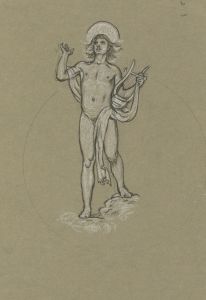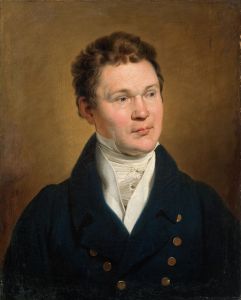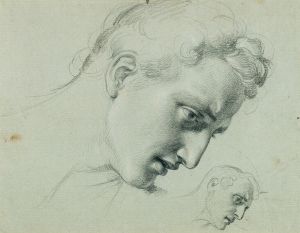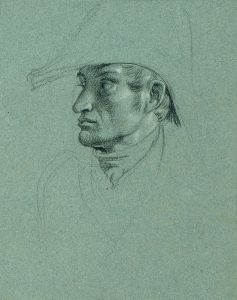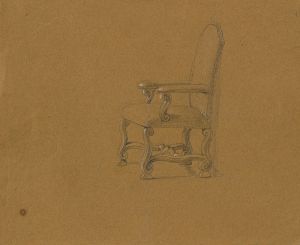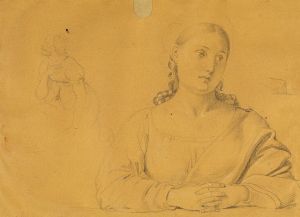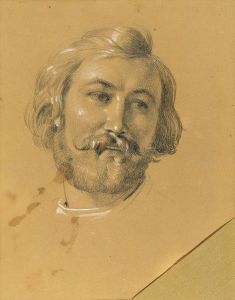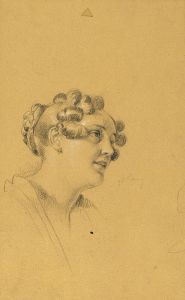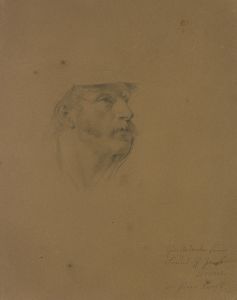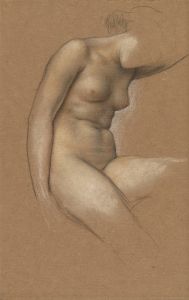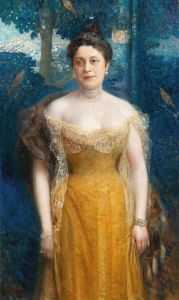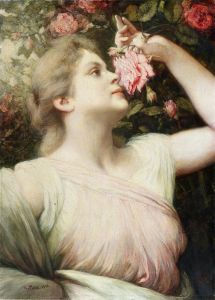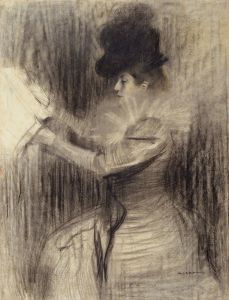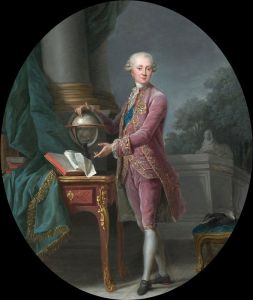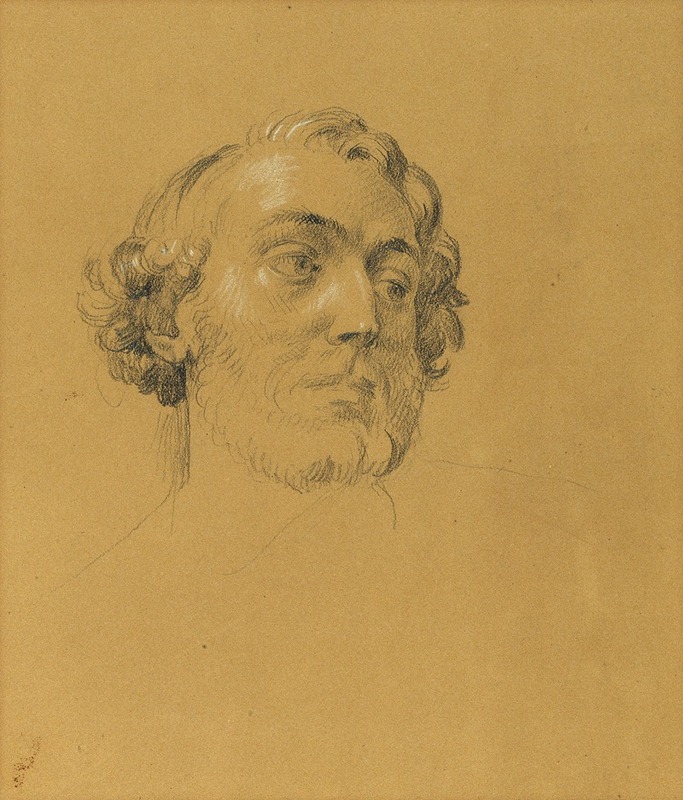
Porträtstudie
A hand-painted replica of Johann Peter Krafft’s masterpiece Porträtstudie, meticulously crafted by professional artists to capture the true essence of the original. Each piece is created with museum-quality canvas and rare mineral pigments, carefully painted by experienced artists with delicate brushstrokes and rich, layered colors to perfectly recreate the texture of the original artwork. Unlike machine-printed reproductions, this hand-painted version brings the painting to life, infused with the artist’s emotions and skill in every stroke. Whether for personal collection or home decoration, it instantly elevates the artistic atmosphere of any space.
Johann Peter Krafft was an Austrian painter known for his historical and genre scenes, as well as portraits. He was born on September 15, 1780, in Hanau, Germany, and later moved to Vienna, where he became a prominent figure in the art scene of the Austrian Empire. Krafft's work is characterized by its detailed realism and the ability to capture the essence of his subjects, whether they were historical figures or everyday people.
"Porträtstudie" by Johann Peter Krafft is one of his many works that exemplify his skill in portraiture. Although specific details about this particular painting are scarce, Krafft's portrait studies generally reflect his meticulous attention to detail and his ability to convey the personality and mood of his subjects. His portraits often feature a realistic representation, with a focus on the facial expressions and attire of the individuals, providing insight into the fashion and cultural context of the time.
Krafft's education and artistic development were influenced by his studies at the Academy of Fine Arts in Vienna, where he was exposed to the works of classical and contemporary artists. His style was also shaped by the broader trends of the Biedermeier period, which emphasized a return to simplicity and a focus on the domestic and the personal. This period in art history is known for its detailed and realistic portrayal of subjects, often with an emphasis on middle-class life and values.
Throughout his career, Krafft received numerous commissions from the Austrian court and nobility, which helped establish his reputation as a leading portraitist of his time. His works were highly regarded for their technical proficiency and the lifelike quality of his depictions. Krafft's ability to capture the likeness and character of his subjects made him a sought-after artist for portraits, and his works were often displayed in prominent collections and exhibitions.
In addition to his portraiture, Krafft also created historical paintings that depicted significant events and figures from Austrian history. These works further cemented his status as a key figure in the art world of the Austrian Empire. His contributions to art were recognized during his lifetime, and he held several prestigious positions, including a professorship at the Academy of Fine Arts in Vienna.
Johann Peter Krafft passed away on October 28, 1856, in Vienna, leaving behind a legacy of influential works that continue to be studied and appreciated for their artistic merit and historical significance. His paintings, including "Porträtstudie," remain important examples of the Biedermeier style and provide valuable insights into the cultural and social milieu of 19th-century Austria.





